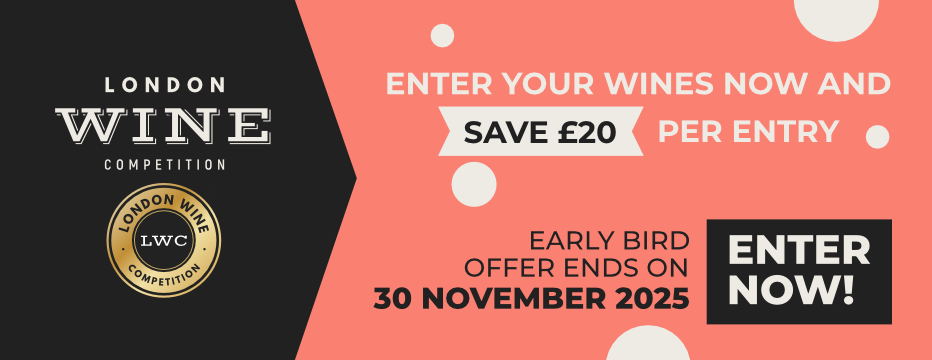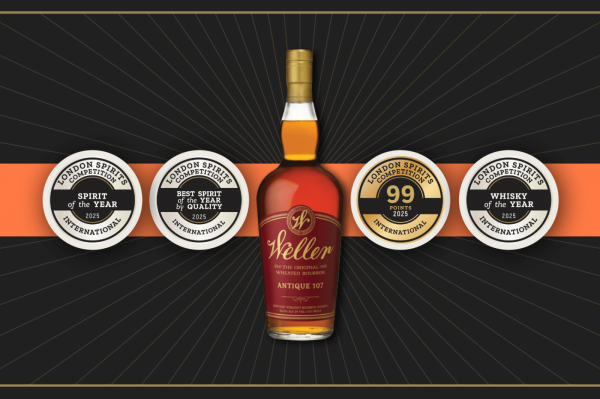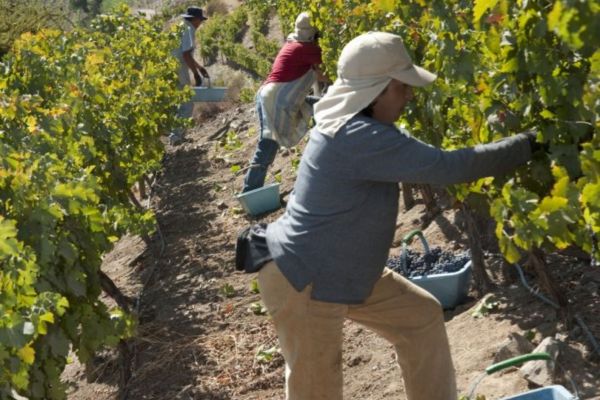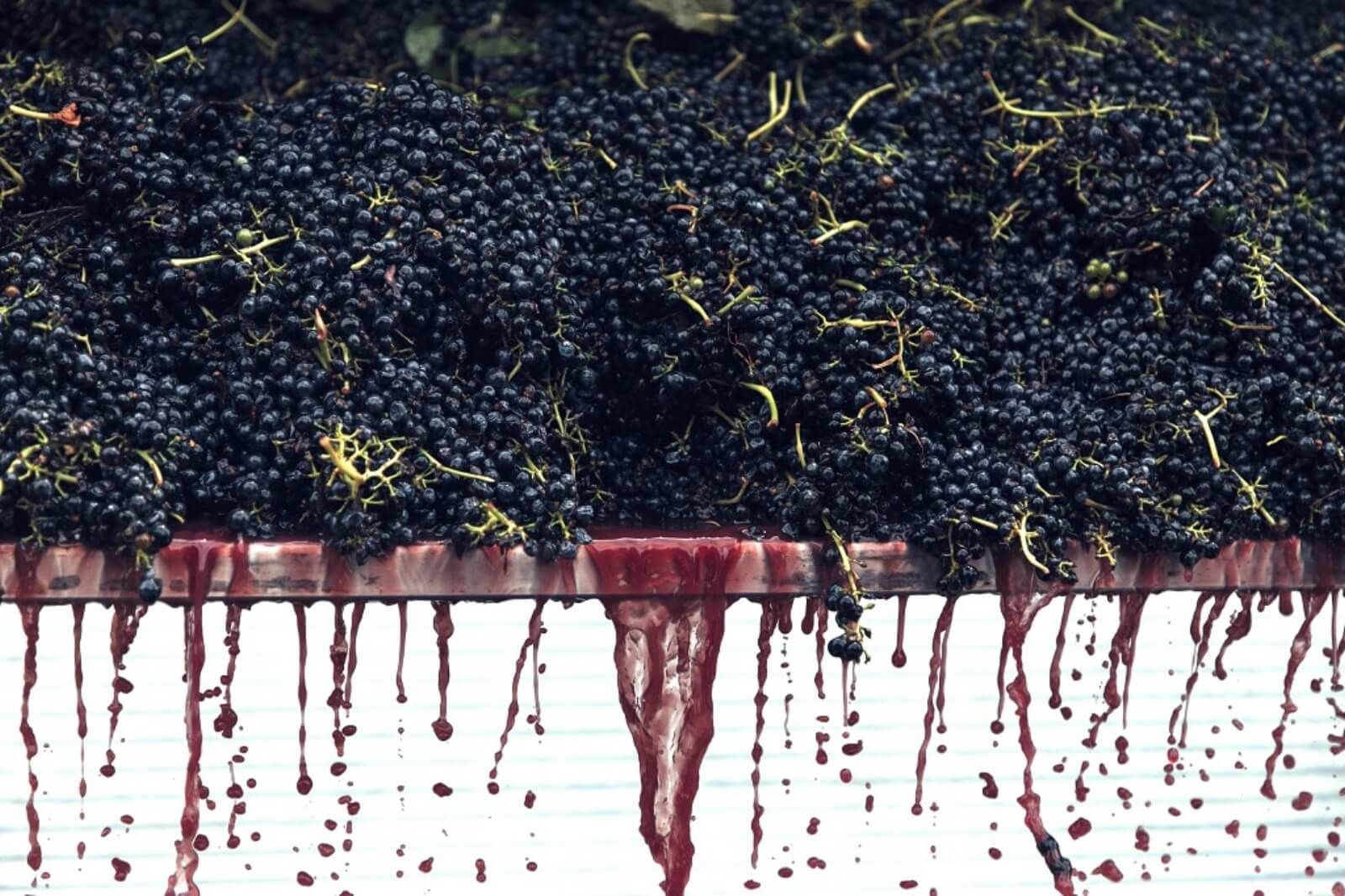
Your Business
Surplus Meets Strategy: How Drinks Businesses Profit From Wine Oversupply and Changing Tastes
10/07/2025 A trade opportunity hiding in plain sight, where wine oversupply and changing tastes create leverage for importers, distributors, and producers.
The global wine industry is at a turning point. Massive oversupply has pushed prices down across key wine-producing regions, including Australia, France, Chile, and South Africa. At the same time, UK consumers are drinking differently than they did a decade ago. Moderation is trending, low- and no-alcohol wines are gaining ground, and sustainability is no longer a bonus but a baseline expectation. For UK importers, distributors, and drinks producers, this disruption isn’t just a storm to weather; it’s a strategic opening. Drinks businesses that move fast and smart can capitalise on surplus wine availability to reshape portfolios, boost margins, and meet demand for products that feel fresh, responsible, and aligned with modern drinking habits. This isn’t about selling more wine the old way. It’s about repositioning, rebranding, and rethinking how and what we bring to market.
This article lays out a tactical roadmap for how trade players can turn current challenges into growth. From smart sourcing and packaging shifts to new product development and on-trade support, it covers the plays that will separate tomorrow’s winners from businesses stuck in yesterday’s model.
Understanding the Wine Oversupply Crisis
A global wine glut is flooding the market with excess inventory. Australia is dealing with over two billion litres of surplus wine. France has resorted to government-funded distillation of wine into industrial alcohol to clear storage. Chile and South Africa are grappling with shrinking export markets and rising production costs. The reasons vary: pandemic-era overproduction, inflationary pressures, and most notably, falling global wine consumption. According to Knight Frank, global wine consumption has declined by over 5% in the past five years, driven by health-conscious choices and generational shifts in drinking habits.
Meanwhile, UK wine production is moving in the opposite direction. According to Statista, since the pandemic low of 66,107 hectoliters, production has risen 145 per cent to an all-time high of 162,000 hectoliters in 2023, a record figure that reflects both increasing domestic investment and favourable climatic conditions. For trade, this means quality wine is now more affordable and accessible than ever. Bulk wine prices have dropped significantly, opening up opportunities to source premium juice at commodity prices. Even bottled products from well-known appellations are being offered at deep discounts as producers seek to offload ageing vintages. The conditions are ripe for agile businesses to lock in value while competitors hesitate.
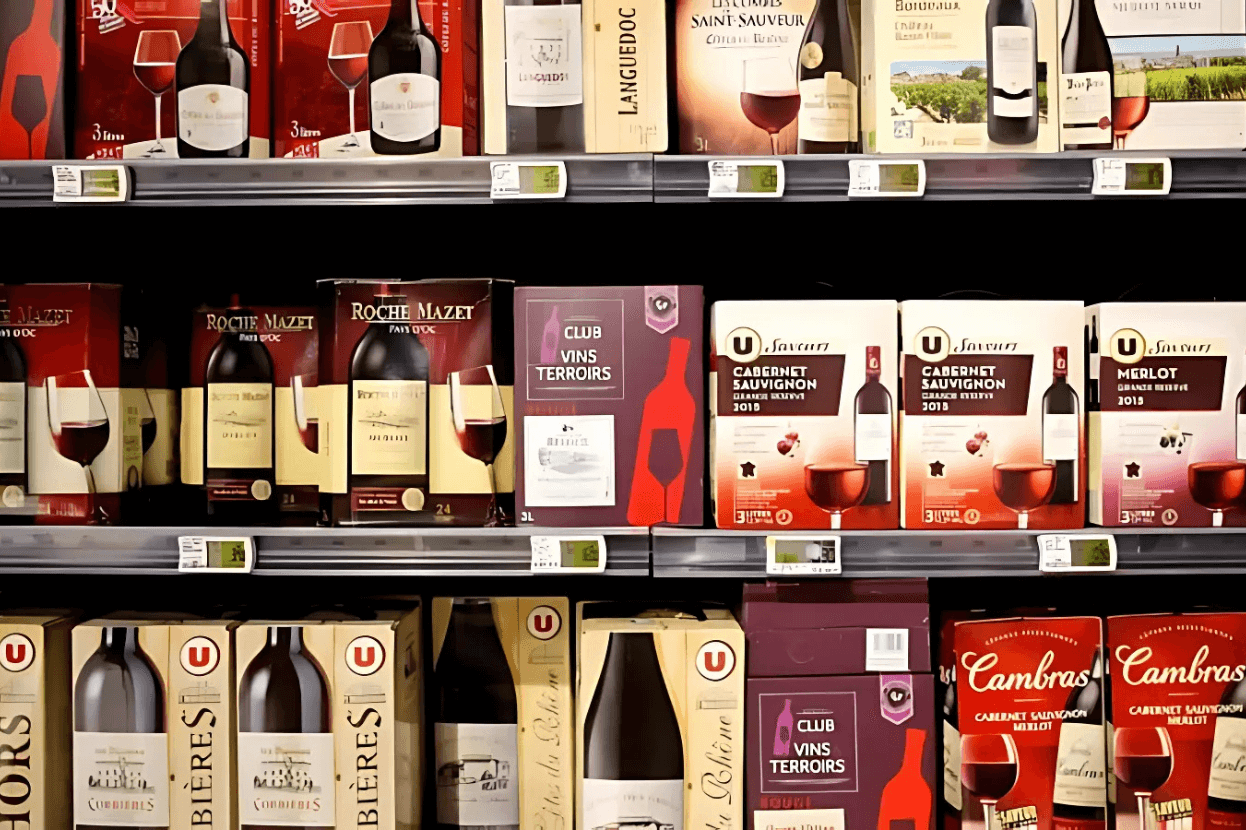
Source: BBC
The New UK Consumer: What’s Changed?
Today’s wine drinker looks different from a decade ago. Alcohol consumption is trending down, particularly among younger demographics. The rise of the sober-curious movement and health-focused lifestyles has driven a surge in demand for low and no-alcohol wines. At the same time, consumers are drinking less but expecting more. They want quality, story, and values.
Sustainability is now central. Organic, biodynamic, and carbon-conscious credentials matter. So does packaging. Bag-in-box wine, cans, and paper bottles are no longer fringe options; they are seen as smart, convenient, and environmentally responsible. Meanwhile, there is a growing appetite for the unexpected: orange wines, pet-nats, lesser-known regions, and indigenous varietals. For B2B trade, this shift is critical. It affects what moves off the shelves, what gains traction on wine lists, and what earns customer loyalty. Aligning with these trends isn’t optional. It’s the new baseline for relevance and profitability.
Strategic Moves for Importers & Merchants
Source Smarter: The current oversupply has created a rare opportunity for access to premium wines at historically low prices. Importers and merchants can use this window to renegotiate supplier contracts, establish new partnerships, or acquire exclusive distribution rights for standout wines from oversaturated markets. Attention should be given to less obvious varietals, such as Mencia from Spain or Cinsault from South Africa, which offer excellent quality at competitive prices.
Portfolio Realignment: This is an ideal moment for businesses to evaluate and refine their product offerings. Removing underperforming SKUs and redirecting investment toward categories aligned with current consumer trends, such as sustainability, innovation, or low-alcohol options, can significantly enhance relevance and performance. Adding a “Next-Gen Wines” segment and prioritising wines with compelling backstories will increase emotional engagement and upselling potential.
Pricing Strategy: By leveraging surplus pricing, companies can either expand margins or reposition value tiers to gain a competitive advantage. Introducing a “premium for less” tier enables trade buyers to upsell more confidently while providing perceived value. Additionally, volume-focused offers and themed discovery packs can drive both engagement and higher turnover without relying on deep discounts.

Source: Sustainable Wine Solutions
Distributor Playbook: How to Add Value?
Educate to Sell: Distributors are encouraged to equip their sales teams with clear, compelling narratives tailored to today’s market. Simply labelling a wine as organic no longer suffices. Detailing the producer’s commitment to sustainability, supported by visuals, tasting notes, and contextual storytelling, greatly enhances its appeal and sell-through potential.
Format & Channel Fit: Innovative packaging presents new distribution opportunities. Canned wines are particularly suited for outdoor venues, casual dining, and event settings, while boxed wines align well with the needs of zero-waste retailers and environmentally conscious establishments. Distributors should consider developing custom packaging formats tailored to high-volume or niche clients.
Support Tools: To streamline adoption and boost product confidence among clients, distributors should provide comprehensive onboarding materials. This includes tasting notes, digital shelf-talkers, ready-to-use menu descriptions, and point-of-sale kits. In-venue training sessions can further empower retail and hospitality staff to effectively promote new wine styles, formats, and sustainable selling points.
UK Producers: Adapt or Collaborate
Collaboration presents a strategic avenue for producers responding to the current oversupply. By partnering with overseas wineries to co-create blends that can be bottled locally, producers can reduce carbon impact and enhance cost efficiency. Contract bottling of imported bulk wine for private label development also offers a profitable route. Simultaneously, the rapid growth of sparkling and canned wine segments provides a fertile ground for innovation. These formats are ideal for launching low-ABV and hybrid products such as wine spritzers or botanically infused blends. Together, these approaches allow producers to tap into modern consumer preferences while minimising the need for significant estate investment.
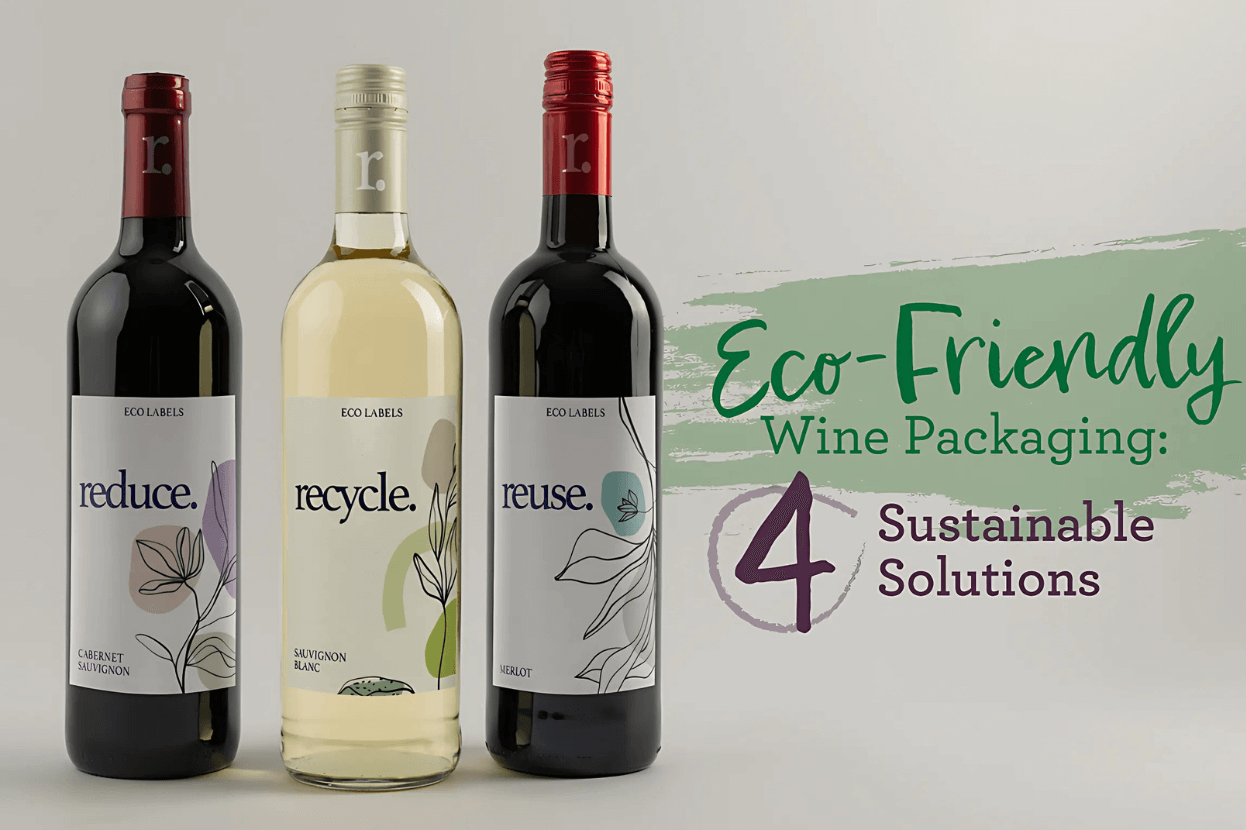
Source: Springfield Solutions
Packaging, Positioning, and Merchandising
Packaging has become a powerful marketing tool, serving not just functionality but storytelling and sustainability. Eco-conscious formats like bag-in-box and cans resonate with today’s convenience-driven, environmentally aware consumers, particularly when surplus wine is reimagined and repackaged into these formats. Minimalist design paired with messaging focused on carbon reduction, waste minimisation, or circular economy initiatives enhances shelf appeal and brand differentiation. Positioning wines as part of the sustainability movement creates stronger emotional connections and commercial opportunities. To maximise impact, trade campaigns should emphasise discovery, value, and environmental responsibility, leveraging themes like “Rescue Wine Picks” or “Low Impact Sips” across tasting packs and promotions. QR codes linking to producer stories or environmental commitments can deepen engagement. Retailers and hospitality partners, often short on bandwidth, benefit most from plug-and-play solutions: bundled content, margin-boosting incentives, and easy-to-implement marketing assets that help drive sales while aligning with modern values.
Global wine oversupply combined with evolving consumer behaviour presents a pivotal moment for the drinks trade. Rather than a setback, this convergence signals a turning point where businesses can reset strategies to align with values such as sustainability, health awareness, and innovation. With high-quality, affordable wines now widely available, and consumer demand shifting toward authenticity, low-impact packaging, and conscious consumption, trade players have a unique opportunity to build more adaptive, relevant, and resilient portfolios. Success will favour those who challenge outdated models and adopt fresh approaches in sourcing, branding, and distribution. It is not about scaling old strategies, but about redefining them to reflect today’s expectations and tomorrow’s opportunities. The businesses that move with purpose and intelligence now will shape the future of the industry.
Header image source: Winetitles
Also Read:
Why you should embrace the low or no alcohol trend
Seasonal Trends In The Wine And Spirits Retail
Why Indie Drinks Merchants Should Stock London Competition Winners







